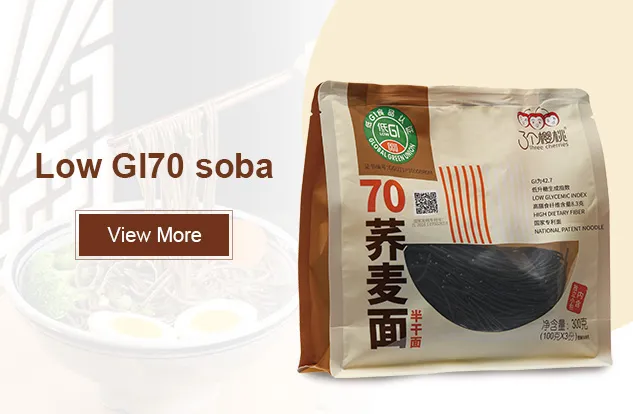udon soba noodles difference
Understanding the Difference Between Udon and Soba Noodles
Noodles are a fundamental component of Japanese cuisine, each type bringing unique flavors and textures to the table. Among the most popular are udon and soba noodles, each with its distinctive characteristics, ingredients, and culinary applications. In this article, we will explore the differences between these two types of noodles, their cultural significance, and how they are typically served.
Ingredients and Texture
Udon noodles are large, thick, and chewy, primarily made from wheat flour, water, and salt. The dough is kneaded, rolled out, and cut into wide strands, contributing to their characteristic bouncy texture. Udon's neutral taste allows it to absorb the flavors of the broth or sauce it is served with, making it a versatile choice for various dishes.
In contrast, soba noodles are made from buckwheat flour, giving them a nutty flavor and a slightly darker color. Despite also containing wheat flour in some recipes to improve elasticity, the predominant use of buckwheat sets soba apart. Soba noodles are typically thinner and have a firmer texture than udon, providing a delightful bite when chewed. Additionally, buckwheat is gluten-free, making soba a suitable option for those with gluten sensitivities (though it's essential to check the labels, as some soba noodles may contain wheat).
Culinary Applications
Both udon and soba noodles can be enjoyed in numerous dishes, varying by region and season.
udon soba noodles difference

Udon is best known for its comforting qualities and is commonly served in a hot broth, such as in kake udon, where the noodles are served in a simple dashi-based soup. Other popular udon dishes include yaki udon, in which the noodles are stir-fried with vegetables and protein, and curry udon, featuring thick curry sauce. Udon can also be served chilled, often accompanied by a dipping sauce, particularly during the warmer months.
Soba, on the other hand, is celebrated for its versatility and health benefits. It can be served either hot or cold. One of the most traditional ways to enjoy soba is zaru soba, where the noodles are chilled on a bamboo tray and served with a dipping sauce made from soy sauce, mirin, and dashi. Cold soba is particularly refreshing, making it a popular choice in the summer. Hot soba dishes, such as niku soba (soba topped with meat) or tenzaru soba (with tempura), provide a warming meal in the colder months.
Nutritional Benefits
From a health perspective, both udon and soba have their advantages. Udon, being wheat-based, is energy-dense and provides quick carbohydrates, making it a good option for those needing a boost before physical activity. However, it may lack certain nutrients found in whole grains.
On the other hand, soba noodles are often regarded as a healthier alternative due to their high protein and fiber content, primarily when made from 100% buckwheat. They are also rich in antioxidants, vitamins, and minerals, making soba a popular choice for health-conscious eaters.
Conclusion
In summary, udon and soba noodles both play significant roles in Japanese cuisine, each bringing unique flavors and textures to the table. While udon noodles are thick, chewy, and versatile in both hot and cold dishes, soba noodles offer a nuttier taste and firmer texture, with impressive health benefits. Whether you prefer the comforting warmth of a bowl of udon or the refreshing bite of chilled soba, both noodles are delicious options that showcase the rich culinary traditions of Japan. As you explore the world of Japanese noodles, experimenting with different dishes and preparations will undoubtedly enhance your appreciation for these beloved staples.
-
Unleash Your Inner Chef with Delectable Italian Pasta CreationsNewsAug.01,2025
-
Savor Health and Flavor: Irresistible Soba Noodles for Sale Await!NewsAug.01,2025
-
Nourish Your Body with Premium Organic Ramen - A Culinary Delight AwaitsNewsAug.01,2025
-
Elevate Your Dishes with Our Exquisite Kinds of Egg NoodlesNewsAug.01,2025
-
Dive into Flavorful Convenience with Our Ramen OfferingsNewsAug.01,2025
-
Discover Exquisite Types of Naengmyeon and Chilled Soba NoodlesNewsAug.01,2025
-
Is Whole Wheat Pasta Healthy?NewsMay.30,2025
Browse qua the following product new the we

















































































































